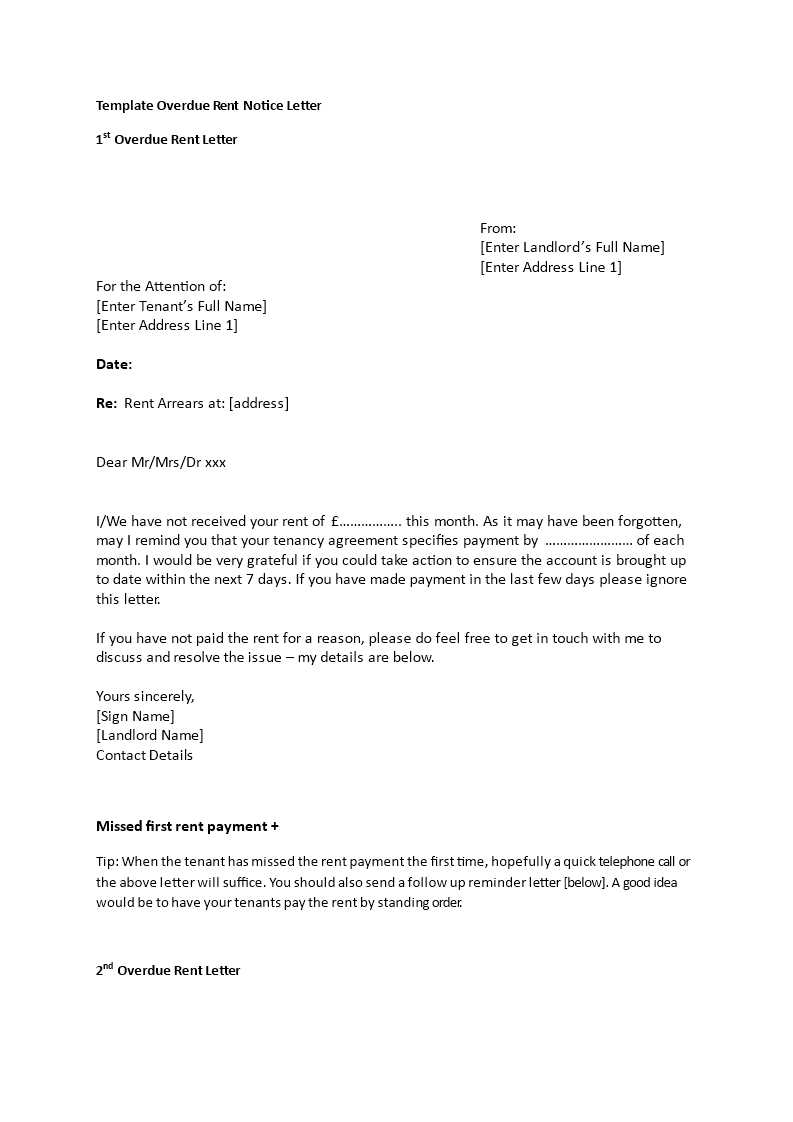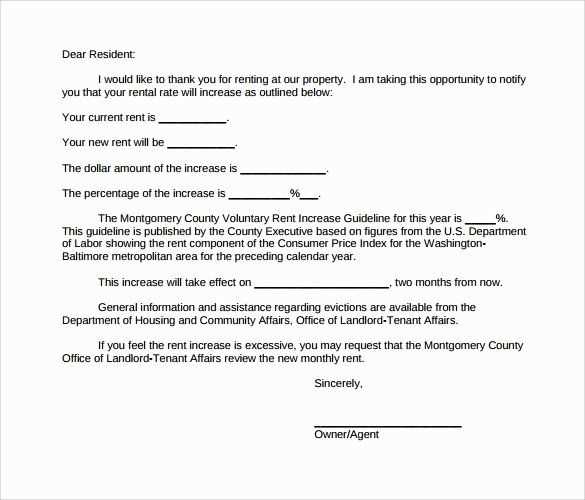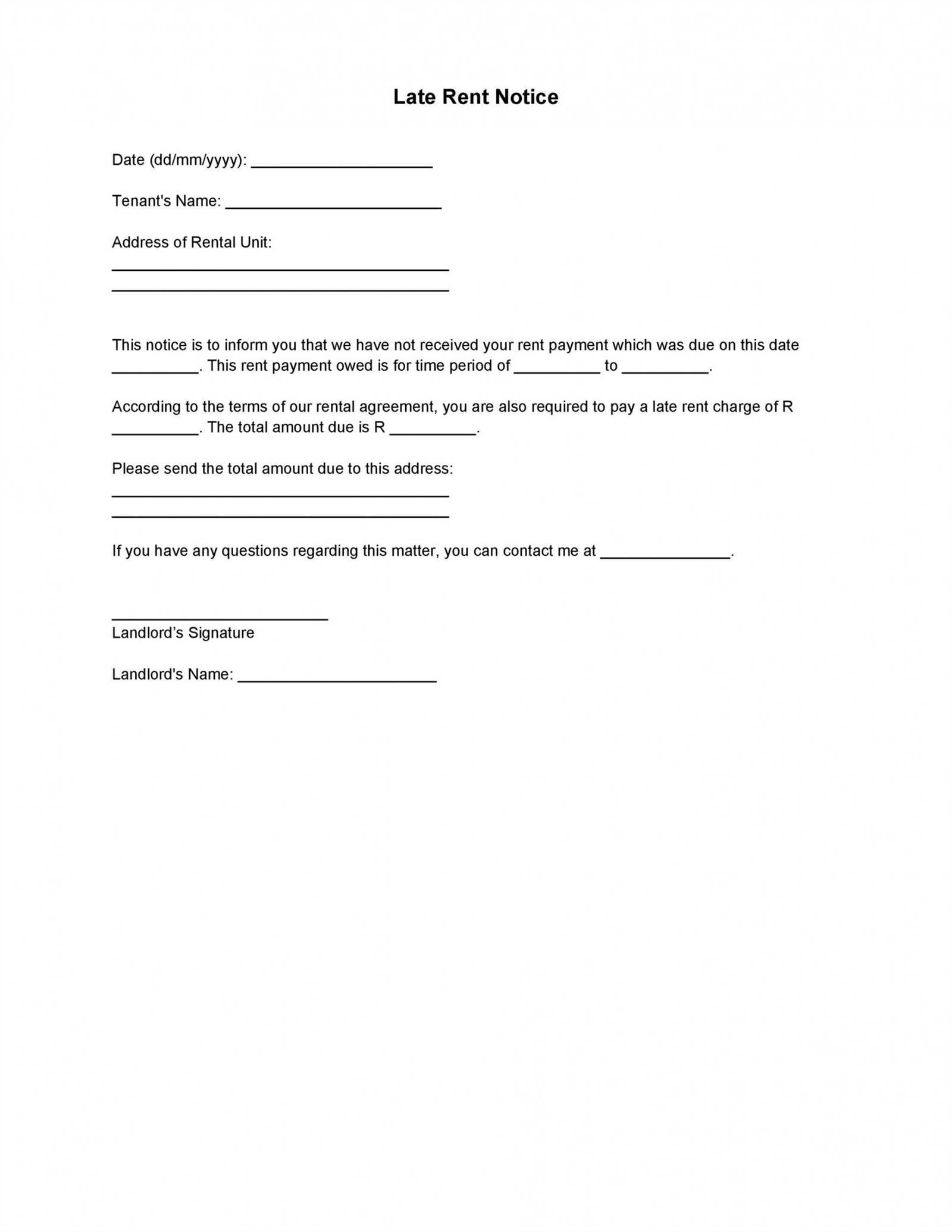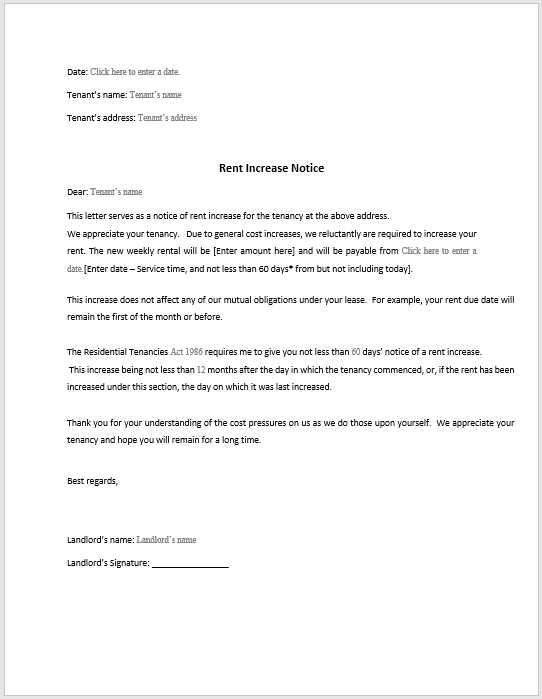Renting Notice Letter Template for Easy Notification

When it comes to ending a rental agreement or notifying someone about a change in living arrangements, clear and professional communication is essential. Crafting a formal document for such occasions ensures that both parties understand the terms and expectations without ambiguity.
Such a document typically includes necessary details like dates, reasons for the change, and any legal requirements. It serves as a formal way to communicate intentions, offering both the sender and the recipient clarity and assurance about the next steps.
Proper structure and attention to tone are crucial when drafting this type of message. Whether you’re the tenant or the landlord, ensuring the information is well-organized and polite helps avoid misunderstandings and maintains professionalism throughout the process.
Essential Elements of a Renting Notice
Creating a formal communication for ending a rental agreement or informing about a change in housing requires certain key details. It should cover all necessary information to avoid confusion and to ensure both parties are aligned on the terms of the arrangement.
Key Information to Include

Firstly, the date of the document is critical, as it marks the start of the notification process. Additionally, you should clearly mention the effective date of the change, whether it’s a move-out date or another agreed-upon action. This helps set expectations and provides both sides with a clear timeline for further actions.
Tone and Professionalism
The tone of this document should remain polite and neutral. Avoid using language that could be construed as confrontational or accusatory. It’s important that both parties understand the message without any ambiguity, maintaining professionalism throughout the exchange.
How to Write a Formal Renting Notice
To create a formal communication regarding the end of an agreement or a housing change, certain guidelines should be followed. A well-structured document ensures clarity, reduces the risk of misunderstanding, and presents the message professionally.
Start with Basic Information
Begin by including the date the communication is being written, followed by the recipient’s details such as their name and address. Clearly state the purpose of the document, mentioning the action being taken and the effective date. This immediately lets the recipient understand the nature of the message and its timeline.
Maintain a Professional Tone
Ensure that the tone of your message is neutral and respectful. Use clear language to outline your intentions, and avoid unnecessary emotional or confrontational phrasing. A formal approach contributes to a smooth and professional interaction, regardless of the circumstances.
Key Points to Include in Your Letter
When composing a formal document to inform someone about a housing-related change, it’s important to ensure that all relevant details are provided. Including the right information helps both parties understand expectations and avoid any confusion moving forward.
Essential Details to Mention
Start with the date of the action, whether it’s a move-out date or another significant change. Clearly state your intent and the reason behind it, if appropriate, to provide context. Additionally, if there are any financial obligations such as outstanding rent or fees, be sure to mention them to avoid future disputes.
End on a Clear Note
Conclude by reiterating the next steps, including any actions both parties need to take, such as returning keys or scheduling an inspection. Offering your contact information for any follow-up can further ensure that the process goes smoothly and that communication remains open.
Common Mistakes to Avoid in Notices
When crafting a formal document to notify someone about changes in a housing arrangement, certain errors can lead to confusion or miscommunication. Avoiding these mistakes ensures that the message remains clear, professional, and legally sound.
Vague Language and Ambiguity
One common mistake is using unclear or vague language. Be specific about dates, actions, and expectations to avoid any misunderstandings. For example, stating “sometime next month” instead of a clear move-out date can cause confusion. A precise timeline is essential to keep both parties on the same page.
Failure to Include Necessary Information
Leaving out important details, such as payment obligations, maintenance responsibilities, or contact information, can lead to disputes. Ensure that all relevant aspects of the agreement or change are included, and be thorough in listing any follow-up actions needed from both sides.
Sample Templates for Different Scenarios
There are various situations that may require formal communication regarding housing agreements or changes. Having a sample format for each scenario can help ensure you include the right information in a clear and professional manner, tailored to the specific context.
Ending a Rental Agreement Early
In cases where you need to end the arrangement before the agreed-upon date, it’s important to clearly state your reason and provide a firm end date. Mention any required actions, such as returning keys or arranging for an inspection, and address any financial implications, such as penalties or outstanding payments.
Informing About a Change of Address

If you’re notifying someone about a move, include the new address and the date the relocation will take place. Also, mention any changes in contact details or the need for further communication, making sure to confirm the date of move to avoid misunderstandings.
Legal Considerations for Rental Notices

When drafting formal communication regarding changes in a housing arrangement, it is crucial to be aware of legal requirements to ensure the document is binding and enforceable. Failing to adhere to these regulations can lead to disputes or even legal action.
- Notice Period: Many agreements require a specific notice period before any action is taken. Ensure that you adhere to the minimum time frame as stated in the contract or by local laws.
- Delivery Method: The way the document is delivered can affect its legality. Always use a formal delivery method, such as registered mail or hand delivery, to provide proof of receipt.
- Clarity of Terms: Be explicit about the actions being taken, including dates, obligations, and any potential penalties for non-compliance. Ambiguities can create legal complications.
- State or Local Laws: Each region may have different legal requirements regarding the timing and format of such communications. Research your local laws to ensure compliance.
By considering these legal aspects, both parties can ensure a smooth process, reducing the risk of misunderstandings or legal challenges down the line.